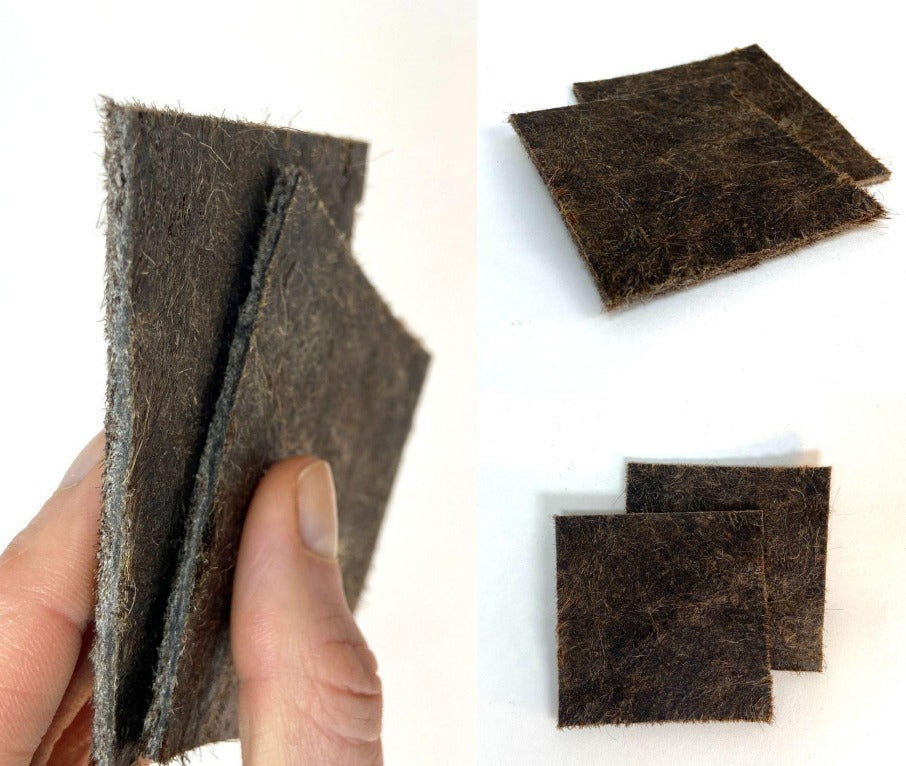
Transforming Human Hair Waste with bioregenerative manufacturing
In the pursuit of a more sustainable and regenerative future, innovative collaborations are reshaping the way we view waste. We collaborated last year with Biohm, a London-based regenerative biomanufacturer. The focus? Exploring the endless possibilities of using human hair waste in their groundbreaking "orb" and "mycelium" processes.
What is Regenerative?
In a world where sustainability has become a buzzword, regenerative practices take environmental responsibility to the next level. While sustainable businesses aim to "do less harm," regenerative businesses like Biohm strive to give back more to both people and the planet than they take. Waste materials aren't merely disposed of but are integrated into restorative processes, contributing to local industries and closing the loop on waste output.
What is Biomanufacturing?
Biomanufacturing, a facet of biotechnology, leverages biological systems or natural processes to produce products. In Biohm's case, biological organisms, such as mycelium, serve as mini factories to create diverse outputs like insulation panels. Nature becomes the inspiration and engine for manufacturing, aligning with regenerative principles.
Enter "Orb" and "Mycelium"
Biohm used some GSC human hair waste material for testing, integrating it into both their "orb" and "mycelium" processes with varying proportions.
Orb: Short for "Organic Refuse Biocompound," the orb is a 100% biodegradable, vegan, sustainable, and renewable material. In this process, human hair waste becomes a homogeneous filler, combined with Biohm's proprietary organic binding material. The result? Uniform sheets that can be treated like wood, reminiscent of particleboard, or molded into versatile 3D objects.

Mycelium: Derived from "the vegetative part of a fungus," mycelium is the magic ingredient in Biohm's process to grow materials alongside other waste sources. Human hair waste will undergo trials with mycelium, aiming to replicate the success seen in modular insulation panels and other 3D products.



